I discovered Sarah Stellino back in late 2020, and I instantly fell head over heels in love with her large format portrait work. So much so that I was inspired to pick up my own large format camera! Beyond our shared love of shooting film, we also both happen to be Wisconsin girls with pilot mothers. With all of these similarities, it almost felt like the world wanted us to become friends.
Over the past year Sarah has been focusing on documenting the LGBTQIA+ community through the lens of her 4×5 camera, and I’m so grateful she was willing to take the time out of her day to tell us more about her photography and how her work has changed her life.
Thank you for taking the time to chat with me today! To start off, could you give us a brief introduction to yourself?
I’m Sarah Stellino, and I’m a large format film photographer! I’ve always been fascinated with people and their own personal history and motivations for the things that they want out of life. So, I primarily make portraits. I’m still pretty new to large format, just coming up on a year and a half since I bought my first 4×5 field camera. I primarily use black and white film, and really enjoy taking the process from start to finish by developing my own film and making prints in the darkroom too.
That leads perfectly into my next questions – What got you into film photography and what keeps you shooting it?
Originally, a friend of mine convinced me to take a film photography class in high school. I fell in love with the process, but I was still so young and had a lot of growing to do to find my voice and what interested me photographically (I still do!). I stopped taking photos for many years, but when I fell back into film photography, I felt like I found what had been missing for me in digital for a long time. Film, and large format in particular, forces me to slow down and really think about what I’m looking for in a photo. The workflow really fits my style too – I get exactly the look I want with minimal time spent editing on the computer.
What brought you back into it after so many years away?
I got interested in taking portraits on film again when my grandma gave me her dad’s 35mm camera. Then I went down the rabbit hole and wanted a medium format camera because I was hopelessly in love with my now wife! I bought a Pentax 6×7 and asked if I could take her portraits. [For more on the Pentax 67, see our review here.]
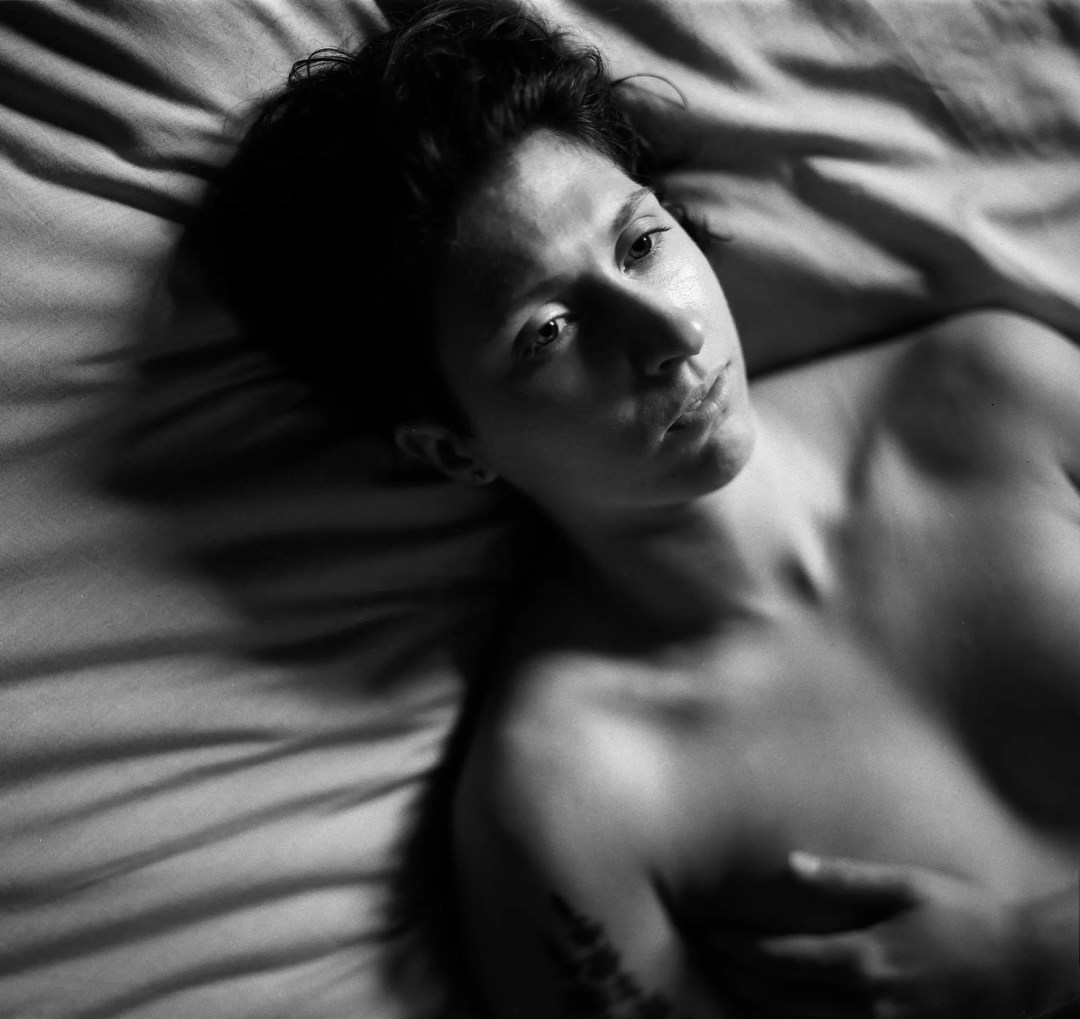
How fun! I love stories of family heirloom cameras. Which 35mm camera was it?
It was the classic Canon AE-1 Program! [For more on the Canon AE-1 Program, see our review here.]
Oh iconic! So you jumped into medium format with a Pentax 67, great choice. What was it that got you into large format?
I never totally fell in love with any camera (35mm or medium format), and I had fallen in love with shallow depth of field. I think I love shallow depth of field because it reminds me of a memory – my brain focuses intently on the main focus and everything else fades away. It was also the beginning of quarantine, and a new creative challenge was the perfect distraction from the state of the world.
I completely understand that. So as you mentioned you shoot a lot of portraiture which I absolutely love, especially your recent series focusing on members of the LGBTQIA+ community. Firstly, how did you get started in portraiture? And secondly how did this series come about?
I think my start in portraiture really just came from taking a lot of different photos and seeing what resonated with me. I think it also stems from my own sentimentality. I want to document the people around me while they are still here – and someday towards the end of my life, I will have the ability to relive all of the moments I’ve had with people who really matter to me. I started documenting the LGBTQIA+ community because I wanted to participate in the amazing work that other queer artists were doing in and around queer identity. I narrowed in even further for my series when I started to think about buying a home with my wife, and feeling a bit nostalgic about living on a farm again. When I lived on a farm previously, I wasn’t totally forward about my identity as a queer person, and I wasn’t sure if I would feel safe and welcome in a rural environment. So I’ve started to interview and make portraits to highlight LGBTQIA+ folks who live in and occupy rural spaces, not only for my own purposes, but also to challenge the assumption that queer people can only thrive in urban areas.
I think that’s very important work you’re doing. What has been the most rewarding experience so far with working on this project?
Without a doubt, the most rewarding experience so far has been meeting and spending time with the folks who have participated. It’s such an incredible thing, every time we go to meet someone. First, agreeing to share some really intimate parts of yourself with a stranger, and to the people who will view their portrait too. Second, every single person is so generous with their time, oftentimes opening their home to us, and sometimes cooking a meal for us too. The actual making of the portrait can feel secondary after the beautiful conversations and connections we make together.
That is absolutely beautiful. How has the LGBTQIA+ community impacted you as an artist or your artistic vision?
I think like a lot of people, I sometimes deal with impostor syndrome, so this project has given me a lot in terms of connecting with the community in my own way. I’ve grown as a photographer at the same time I’ve explored my own identity as a queer person.
As you’ve mentioned in your introduction many of your photos are shot on black and white film. What is your favorite black and white film to use and why do you prefer it over color? Is there something about black and white that speaks to your work more than color?
There is absolutely something that speaks to me with black and white film. I tend to like things that have a timeless feel to them, and to be honest I don’t know that I’ve ever taken a portrait in color that I have been wowed by. Maybe that means I see in black and white, or that I haven’t learned how to incorporate color in a way that speaks to me. I’m not sure I’m interested in learning that at this point! In large format, I almost always use Ilford Delta 100 and push it to 400 ISO. Sometimes I’ll use HP5 as well if I’m in a low light situation, but Delta 100 is my tried and true. I’ve tested a few cheaper Arista films too and have gotten good results! For an important project though, especially when there’s many hours of travel to get there, I want to make sure I’m using a high quality film!
I just shot my first roll of Delta 100 and can definitely understand why you like it so much! Do you also develop your own black and white?
It’s so nice! I do develop my own film. It started out of necessity, since developing and scanning black and white film at a lab costs so much more than color film. But I also like that I can develop and scan it that much faster myself!
It’s a dream isn’t it! So speaking of portraits, I also love the shots you’ve done of your family members. Can you tell us how that journey has been? Did it take them time to get comfortable in front of a camera or have they always been happy to pose for you?
Taking photos of my family members really just started because I needed to try out different cameras, or just to practice in the case of large format! Most often, I’ve taken portraits of my mom or my wife and they are always willing participants! I’m really lucky that way, since I know some people have family members who don’t want their picture taken at all. They really help me through my own process too, since there have been times when I’m just not happy at all with my work and get down on myself. I try to remember that I’m on this journey for the long haul, and it’s not realistic to expect to constantly raise the bar with each portrait I take.
Totally, no one progresses consistently. We all go through ups and downs. So of all the portraits you’ve taken, do you have a favorite and why?
Oof, asking the tough questions!! For personal work with my family, I would say either the portrait of my mom doing the annual maintenance on her plane, or my recent portrait of my wife on our bed in the late afternoon sunlight. I can feel their quiet strength in both of those photos. Beyond that, I couldn’t choose a favorite for my LGBTQIA+ rural portrait series. But I’m really excited about the direction I’m going for all of those!
How has photography changed your life?
I think photography has just encouraged me to explore more. It gives me the space to think more deeply about things I’m interested in, and what truly matters to me.
As we’re winding down here, what’s next on the horizon for you? Any big projects you have lined up?
I don’t have any big projects other than my LGBTQIA+ rural series, but I am working on getting at least a handful of portraits to show at an art festival/competition in September! I’m hoping to, at some point, have the opportunity to get some funding and continue to widen the circle of folks I can feasibly travel to!
So exciting! Can’t wait to hear how the festival goes and keeping fingers crossed on the funding. Before I let you go, is there anything else you’d like to share with us today?
I don’t think so! Thank you so much for asking me to be a part of this, I had a lot of fun chatting with you!
More from Sarah here – Website, Instagram
Follow Casual Photophile on Facebook and Instagram
[Some of the links in this article will direct users to our affiliates at B&H Photo, Amazon, and eBay. By purchasing anything using these links, Casual Photophile may receive a small commission at no additional charge to you. This helps Casual Photophile produce the content we produce. Many thanks for your support.]
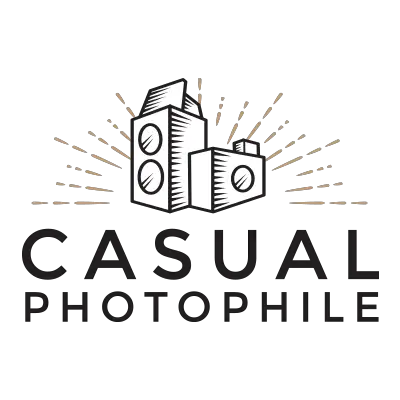
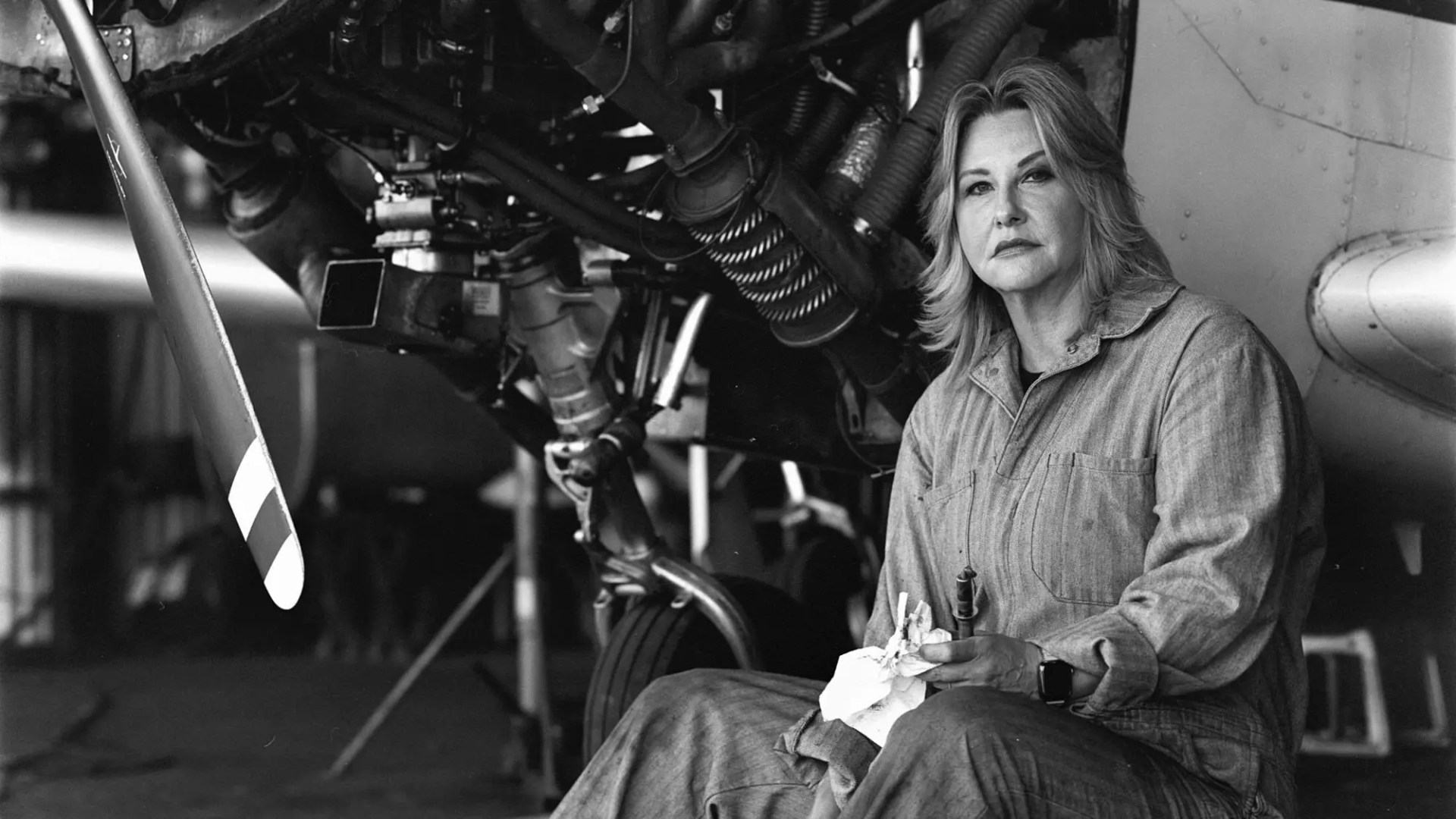
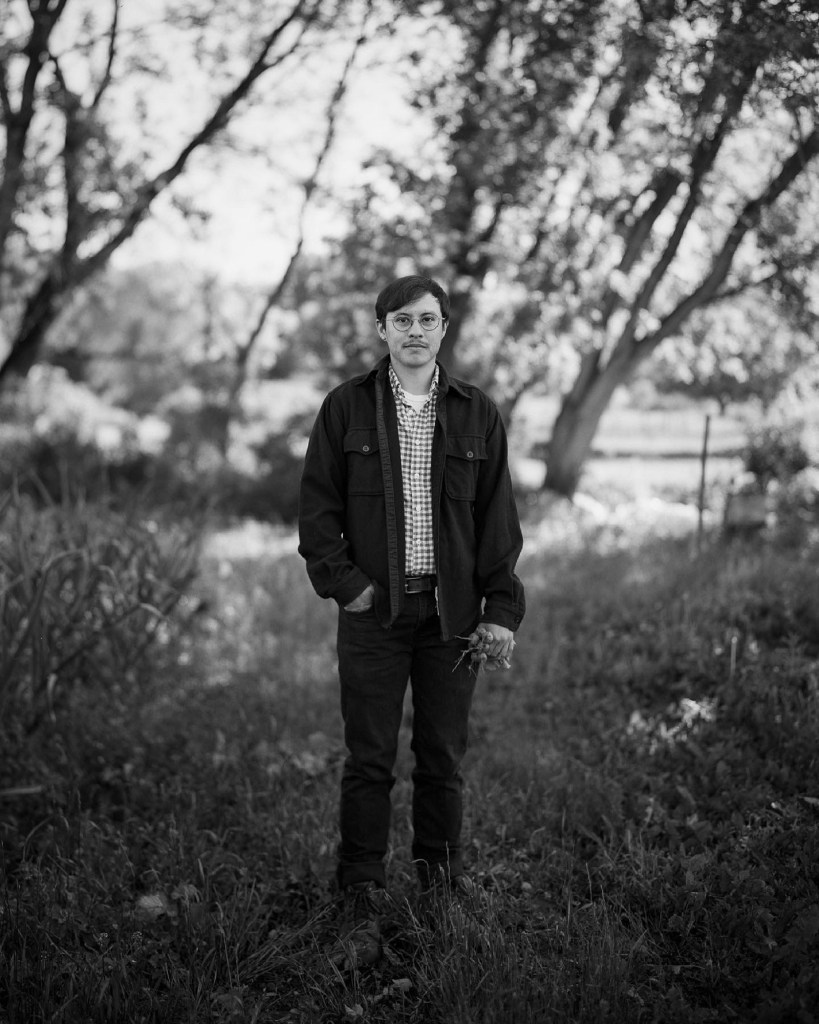
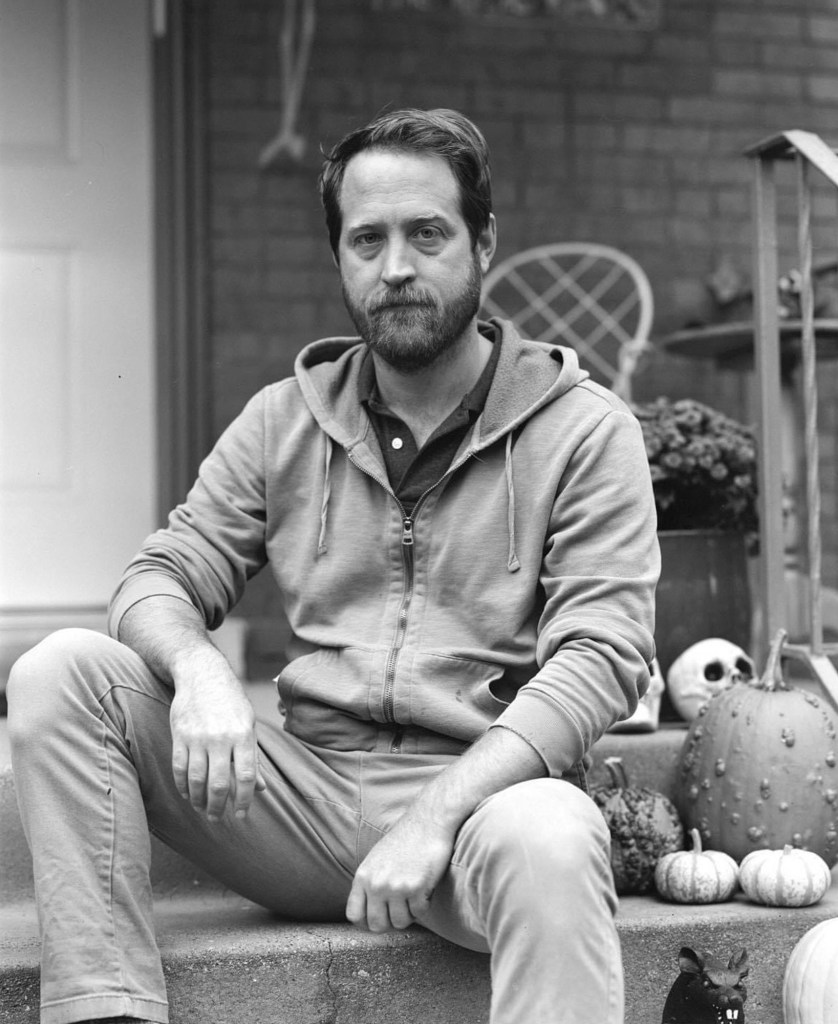
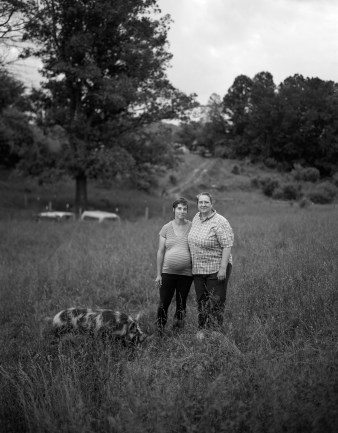
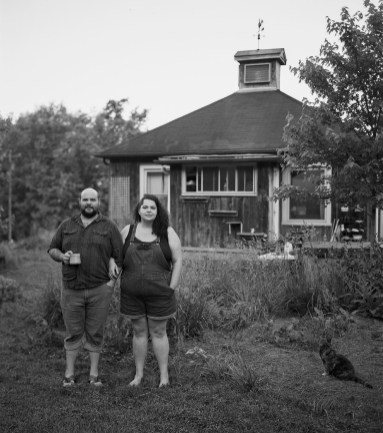
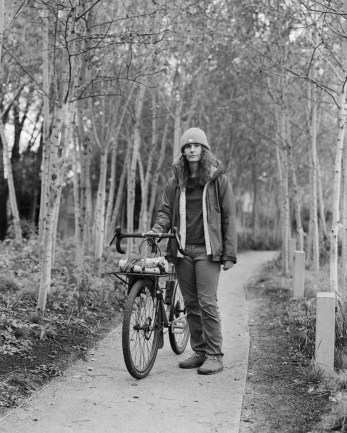
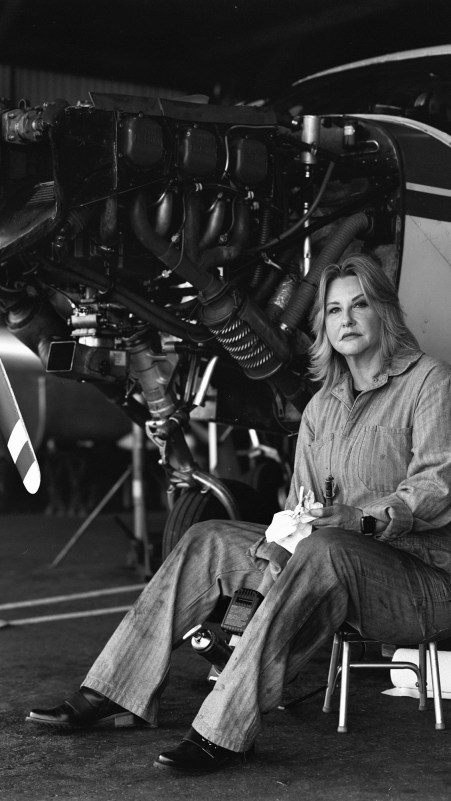
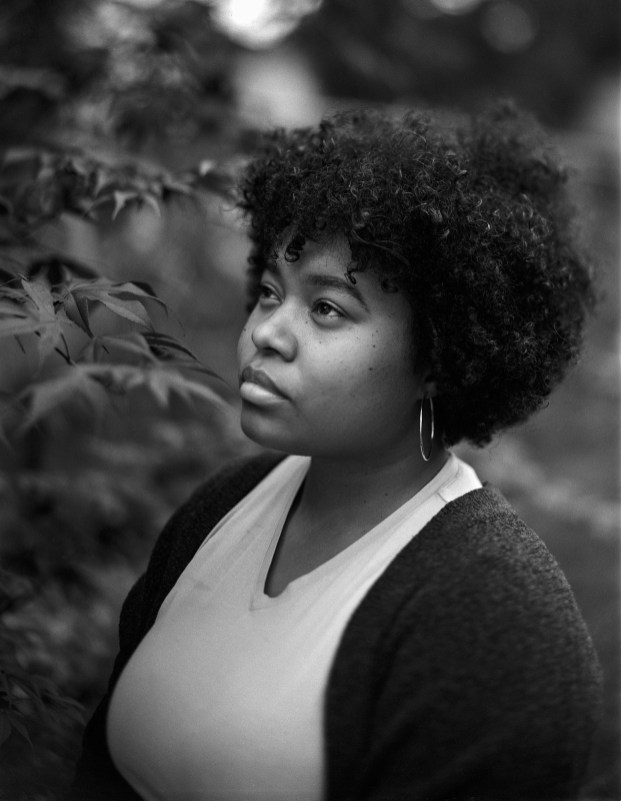

Stunning images.